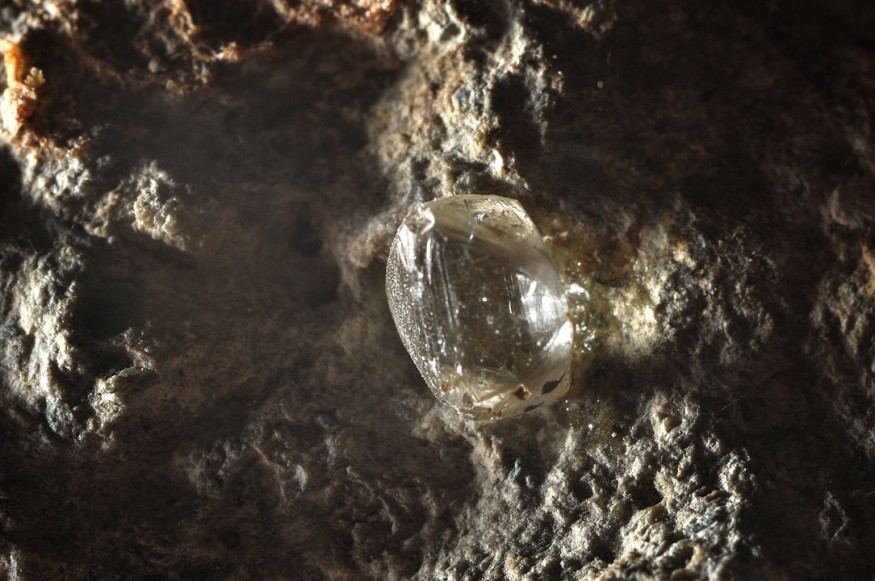Diamonds are more than just expensive stones and precious jewelry. The mineral used for social status today has a far greater function than people thought, especially when it comes to scientific studies of the materials beneath the planet's surface. In a new study, an unearthed diamond was found to contain special properties that reveal the structure of Earth's lower mantle.
New Mineral Davemaoite Inside a Diamond Proven to Exist on Earth's Lower Mantle

The diamond seemingly trapped a piece of rock inside its alluring crystal form. Based on the research, the specified rock is among the newly identified materials called the davemaoite, composed of silicate minerals and is only formed within the deepest regions of the planet's mantle. The existence of the specified rock in the diamond marks the first-ever encounter recorded throughout the history of geological studies, as the existence of the davemaoite in nature was only a theory before. The name chosen for the rock was inspired by one of the prestigious geophysicists of the 20th century, Ho-Kwang (Dave) Mao.
The diamond that covered the new rock davemaoite was unearthed from the mines in the region of Botswana. According to the report by Science News, the diamond was extracted from the depths of the mine that goes down to over 660 kilometers. Experts believe that the deep portal under the Botswana mine stretches down to the planet's lower mantle border.
The study was made possible through the help of the most advanced imaging devices that use X-ray fluorescence, diffraction, and infrared spectroscopy. The research was led by University of Nevada mineralogy expert Oliver Tschauner and their colleagues. In the investigation, the properties that make up the newly discovered mineral davemaoite were identified, and the results from the rock lean more to the category of calcium silicate perovskite.
Davemaoite and Bridgmanite Only Silicate Perovskite Confirmed
Numerous studies have already theorized the existence of the davemaoite. Most of the previous analyses agree that the mineral is present in Earth's lower mantle and dominates 5 to 7 percent of the mineral groups on the said region. However, the initial studies could not get ahold of any physical samples due to the challenging process it would take on extracting the mineral, especially as it is placed on one of the planet's deepest and untapped regions. In addition, the lower mantle's excessive pressure rate is fond of rearranging the formation of minerals and other crystallized structures as quickly as the pressure is disrupted.
Davemaoite is one of the two newly discovered minerals in the modern day. In 2014, a previously-theorized magnesium iron silicate rock in the lower mantle was found to exist.
The presence of the rock was confirmed due to a lone meteorite that crashed in Australia. This space rock was analyzed and was determined to have a similar composition with the pressure and mineral variants of the lower mantle. The mineral was called bridgmanite and was the only high-pressure silicate rock that is proven to exist in the natural environment in addition to davemaoite. The study was published in the journal Mineralogy, titled "Discovery of davemaoite, CaSiO3-perovskite, as a mineral from the lower mantle."
RELATED ARTICLE : Volcanic Eruptions Found Cause of Societal Collapse in Ancient Dynasties During Imperial China's 2,000-Year Reign, Study Says
Check out more news and information on Geology in Science Times.
© 2026 ScienceTimes.com All rights reserved. Do not reproduce without permission. The window to the world of Science Times.












